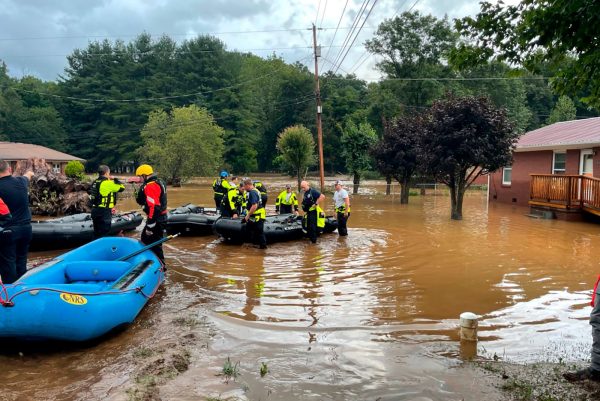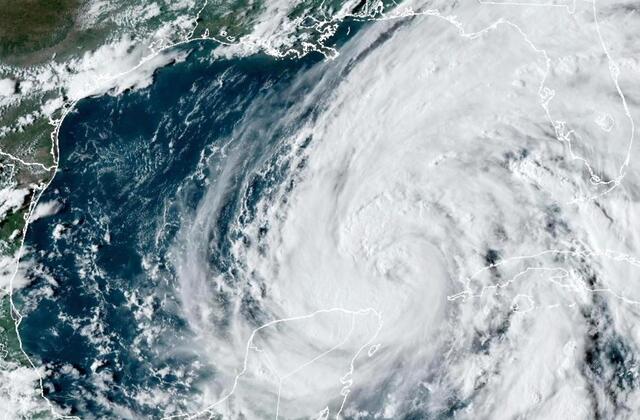Hurricane Helene made landfall in Perry, Florida on September 26, 2024. The storm lasted for a total of three days, but not without causing incalculable amounts of damage. The Category 4 storm’s path of destruction spanned across several states including Alabama, Georgia, North Carolina, South Carolina, Florida, Tennessee, and Virginia. The hurricane had winds of up to 140 miles per hour and catastrophic, unprecedented flooding. Not two weeks later after Hurricane Helene made landfall, Hurricane Milton, a Category 3 storm landed in Siesta Key, Florida. Milton had sustained winds of 120 mph, leading to even more flooding, wind damage, and power outages when communities were just barely recovering from Hurricane Helene. Fortunately this occasion, officials were able to warn residents in time, which allowed them to flee the area or make their way to shelters.
 The hurricanes had a devastating impact on communities and billions of dollars worth of property damage. More than 2 million homes had lost power in Georgia and South Carolina due to Hurricane Helene, a quarter million of them still without power a week after the storm. Additionally, the storms caused landslides and flood waters that further washed out roads and drowned homes. This flooding disrupted the supply of resources including fuel, water, and food to the impacted communities until they could be airlifted to the area. In addition, with cell phone service and power out, contacting emergency responders became complicated- a situation that no one wants in such a disaster.
The hurricanes had a devastating impact on communities and billions of dollars worth of property damage. More than 2 million homes had lost power in Georgia and South Carolina due to Hurricane Helene, a quarter million of them still without power a week after the storm. Additionally, the storms caused landslides and flood waters that further washed out roads and drowned homes. This flooding disrupted the supply of resources including fuel, water, and food to the impacted communities until they could be airlifted to the area. In addition, with cell phone service and power out, contacting emergency responders became complicated- a situation that no one wants in such a disaster.
As a result of these conditions, communities faced hundreds of fatalities. Many individuals are still missing to this day, with nearly 30 still missing in North Carolina. Helene and Milton left families heartbroken as they grieve the loved ones they have lost and continue a desperate search for the missing.
In response to the hurricanes, over 8,000 Federal personnel were on the ground in the Southeast to aid in recovery. They helped with facilitating debris management, life-saving, search and rescue, providing food and water, assessments of infrastructure, flood/water mitigation efforts, etc. In the end, the government provided over $344 million in assistance to Hurricane Helene survivors alone.
Several different government agencies aided in the recovery process. FEMA (Federal Emergency Management Agency) personnel supported impacted communities with “over 17.2 million meals and 13.9 million liters of water delivered and ensuring information [was] accessible, including resources in preferred languages and ASL” (Hurricane Helene Recovery). The Federal Aviation Administration (FAA) worked to restore national airspace and reopen airports in the impacted states. The Internal Revenue Service (IRS) announced tax disaster relief for all businesses and individuals in the states impacted by Hurricane Helene. Lastly, the U.S Department of Labor established an emergency grant to Florida to support and provide disaster-relief jobs and training.
Although the effects of this disaster may seem far from home, individuals are still able to help support impacted communities as they begin to recover. For instance, there are opportunities to donate to survivors of the hurricanes through a number of organizations such as the Red Cross and National Voluntary Organizations Active in Disaster. There are even opportunities present here at Heritage High School. In the past meeting of the club Heritage Hearts, members wrote encouraging letters to communities impacted by the hurricane.
No matter how distant a crisis may seem, there is always a way to lend your support.








